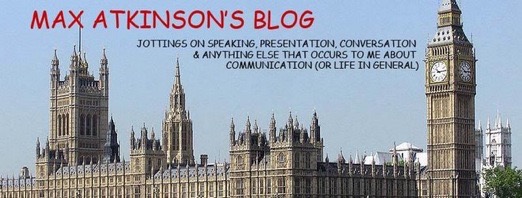
More and more British television advertisements are referring to prices in a way that bears little or no relationship to the way we talk about prices in everyday life.
Commercials are telling us that an armchair priced at two hundred and ninety nine pounds costs “two-nine-nine” and that a three-piece suite priced at four hundred and ninety nine pounds can be ours for “four-nine-nine”.
There are presumably two reasons why the ad agencies have sold their clients on the idea of listing digits as an 'effective' way of mentioning the price of a product. One is that it avoids having to mention high-sounding numbers like “ninety” or “a hundred”. The other is that these shorthand digital options save on costly air time: there are only three syllables in “four-nine-nine” compared with eight syllables in “four hundred and ninety nine pounds”, which takes more than twice as long to say.
But the trouble is that, to any competent speaker of English (e.g. the mass television audience), these linguistic inventions stand out as noticeable and distinctly odd in comparison with the more usual conversational way of referring to the price of things in tens, hundreds or thousands of pounds. What’s more, if you actually follow the advertisers’ preferred usage, it can lead to confusion and embarrassment, as happened on the only occasion on which I can ever remember describing a price in this rather unusual way.
After I’d spent £1,250.00 (one thousand two hundred and fifty pounds) on an antique dining table, my late mother-in-law said she’d like to pay for it as a house-warming present and asked me how much it had cost. Taken aback by such unexpected generosity, I replied (perhaps unwittingly following the advertisers’ example of trying to make a high price sound lower) by saying “twelve-fifty” – at which point, she reached into her purse and handed me £12.50 (twelve pounds and fifty pence).
I won’t dwell on how the conversation developed after that, because what really interests me about all this is the question of how ad agencies manage to get away with persuading their clients to buy into such bizarre linguistic usages without regard for what (little) we know how language actually works.
Another example of heavy investment on the basis of questionable advice from the agencies is the huge number of TV commercials in which there is no spoken reference at all to the name of the product being advertised. Even when this key information appears in a written caption on the screen, it won’t be noticed by the millions of viewers who are reading a newspaper, doing a crossword puzzle or are using the break to make a cup of tea.
The expensive pointlessness of such commercials was summed up many years ago by Professor W.M. O’Barr of Duke University, when he pointed out that the advertisers and/or their agencies don’t seem to realise that eyes have eyelids but ears don’t have ear lids – the obvious consequence of which is that, however inattentive viewers are, they will at least hear the name of the product being advertised.
The net result of all this is that we often become very familiar with expensively created artistic film footage of cars doing extraordinary things without being left with any idea about what make or model of car it is that we’re supposed to go out and buy.
Meanwhile, the ad agencies seem content to carry on ignoring research, like that by O’Barr, that could point them and their clients in much more profitable directions.
